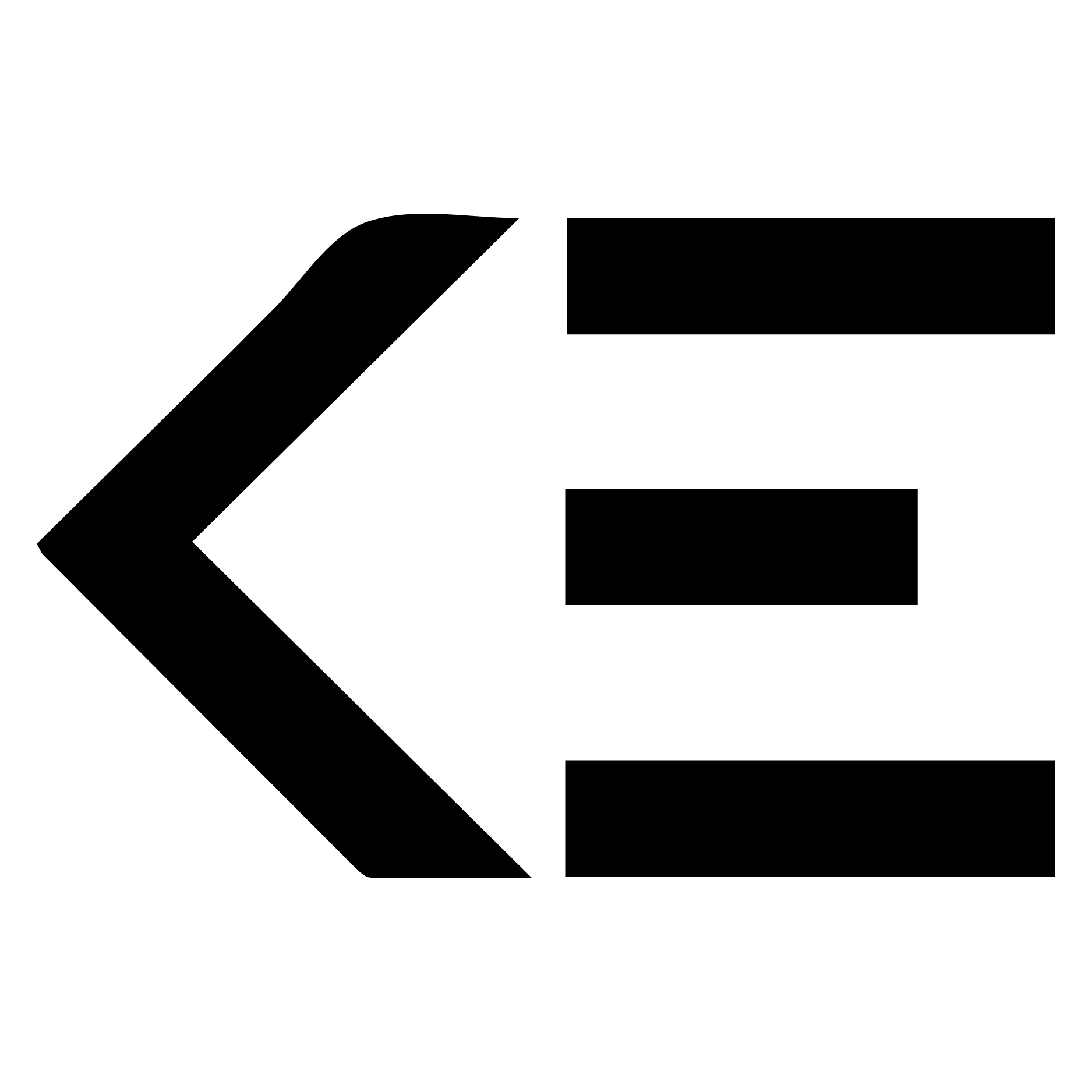My first week was already super eventful and I have a lot to tell.
In this blog post, you will find two short articles about the Kochareal and the Platzspitz, in addition to my experiences of the first week. The Kochareal is a occupied area that some friends of mine helped to shape – a fascinating and absolutely creative place.
The Platzspitz, on the other hand, was a huge drug hub in the 80s and 90s, where sometimes up to 15,000 syringes were distributed daily.
In a separate blog post, I will report on my first experiences with street music and which project I would like to support first with the proceeds. Have fun reading!
On Monday, 10 October, my journey started in Emsdetten, in the house where I grew up. From there I went to the next bigger street and out into the world!
With several stops in between, I finally made it to Würzburg. In the process, a total of 5 different cars gave me a lift – and different fits very well here. On the one hand, there was Josef from Poland, who told me that Germany had a problem with foreigners and didn’t want it to count that he wasn’t from Germany himself. On the other hand, I also rode with Fabian, who talked intensively with me about sea rescue. But the highlight was the trip with Uli, Katja and Birgit. We had a lot of fun and I sang several songs for Uli for his birthday.
After a super nice evening with Magnus, Laura and Michi in Würzburg, where I was able to see how Sea-Eye merch is made, my dad picked me up the next day. Together we drove to Lindau with a stopover near Ulm. There we enjoyed the evening sun in the harbour on Lake Constance. Super nice place, I can highly recommend it 😍
On Wednesday morning, Hanna, a friend from Sea-Eye, came over for breakfast before I set off for Switzerland. After an emotional goodbye to dad, the super dear Remo and Kathrin took me with their two children and during the car ride I decided at short notice that I was going to Winterthur and not to Bern 😃 .
My friend Vincent was there with the travelling circus Circolino Pipistrello. The circus show was really cool and in the evening I was able to learn a bit about the travelling life of the circus people. I also unpacked my guitar while people were waiting for the show and was able to inspire some people with my music.
The next morning I had a look at the work of the circus people: because the main task of Circolino Pipistrello is circus education. So several dozen children came by to learn the message of Circolino Pipistrello: anyone can do circus!
Then on Thursday I went to Zurich. I got there in two trips, and both Luca and Marzena took a little extra way to let me out in a good place 👌😊 In general, hitchhiking has been going really well so far. I’ve already learned a few things and I’m happy to share my tips with you. Just text me! I might also write an extra entry from southern Spain.
I stayed in Zurich until Sunday morning and had enough time to meet some friends. For example, my buddy Ali. Ali lives in what he says is the biggest flat-sharing community in Zurich (37 residents) and from their roof you have a great view of Zurich. So we played chess above the roofs of Zurich.
I also met Marlies, whom I know through the association of former Mexico volunteers, animo e. V., and we cooked Mexican food 🙂 Since Marlies lives near ETH Zurich, we passed by there and I spontaneously signed up for an action run that was taking place there. I had to fight my way through an obstacle parcous with five others at the same time and came 4th – after all. By the way, I was the only one in jeans and a T-shirt, the others all had sports clothes with them 😀
I spent the three nights in Zurich with Barbara, whom I know from a joint rescue mission on the SEA-EYE 4 in March. I went swimming in Lake Zurich with Barbara – with a view of the mountains and Zurich at the same time. Unfortunately, the weather was not so nice during my time in Zurich, so it was already a bit cold. Barbara was surprised that I came along. While jogging up the Uetliberg (mega view!) Barbara told me something nice: namely that you notice that I meet people without reservations and categories. She based this on the fact that she is about 20 years older than I am and that I still really wanted to visit her. Until then, I hadn’t really thought about the fact that this could seem extraordinary. I like Barbara and it was clear that I wanted to see her when I was in Switzerland.
But I don’t only know Barbara from the Sea-Eye context in Zurich. I also met Agi, Fabi and Koni, with whom I went to a concert in the Kochareal on Friday evening, which I will report on below!
On Saturday, I went out on my own, explored the city and played street music in a few places 😊
Now, after a long Sunday, I’m near Lausanne with the super dear Mattia and Didi, who took me in because I couldn’t get away from here. Today luck was not on my side when hitchhiking and I didn’t find a good spot in Lausanne to hitchhike on.
But otherwise I wouldn’t have met Mattia & Didi and their friends Damien, Clara, Angela and Leo. They live in Tolochenaz, where Audrey Hepburn is buried, and are just starting a SoLaWi (Solidarity Farming) project here. They invited me to dinner and afterwards I showed them an alternative billiards game that I know from Mexico.
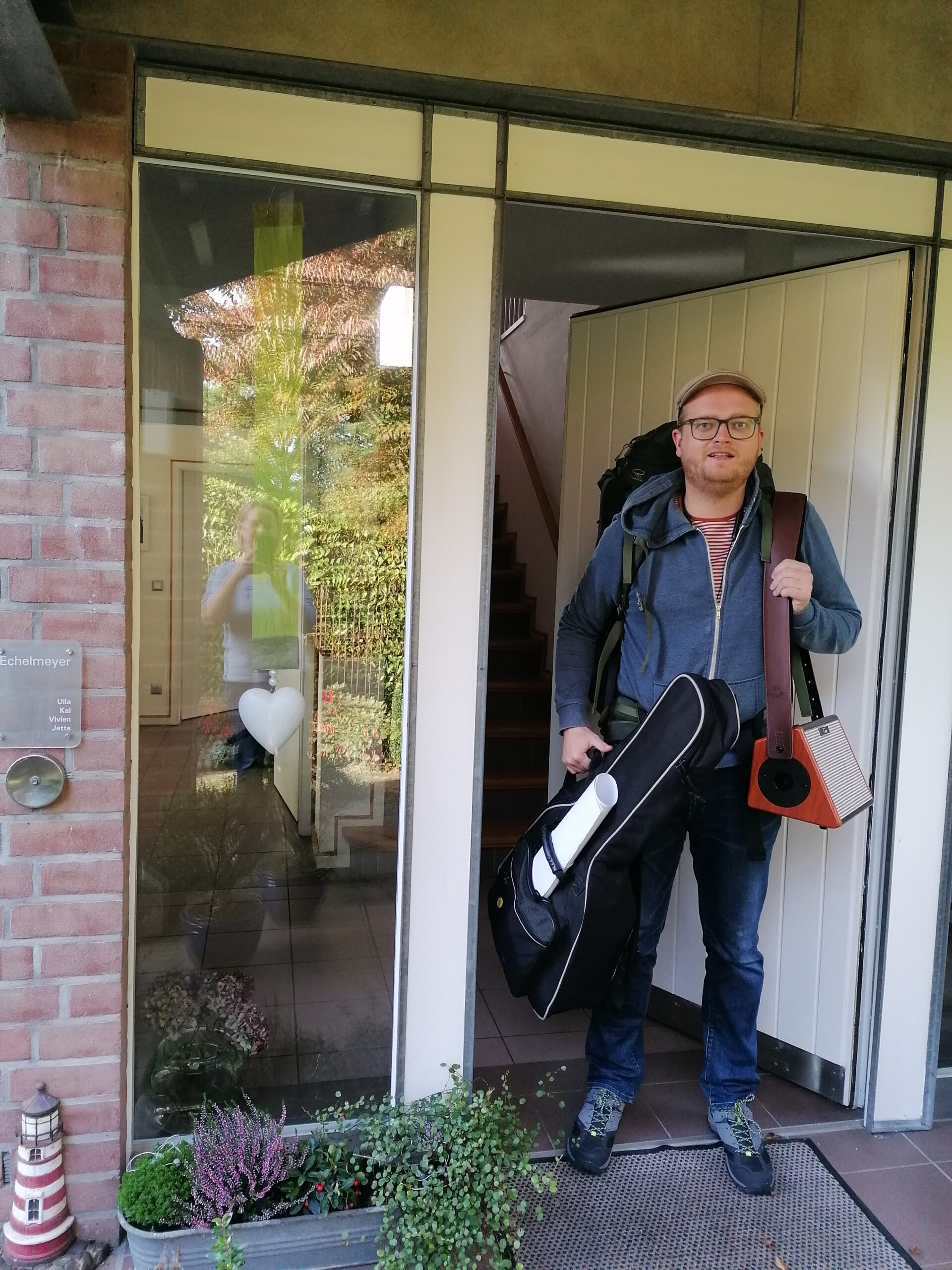
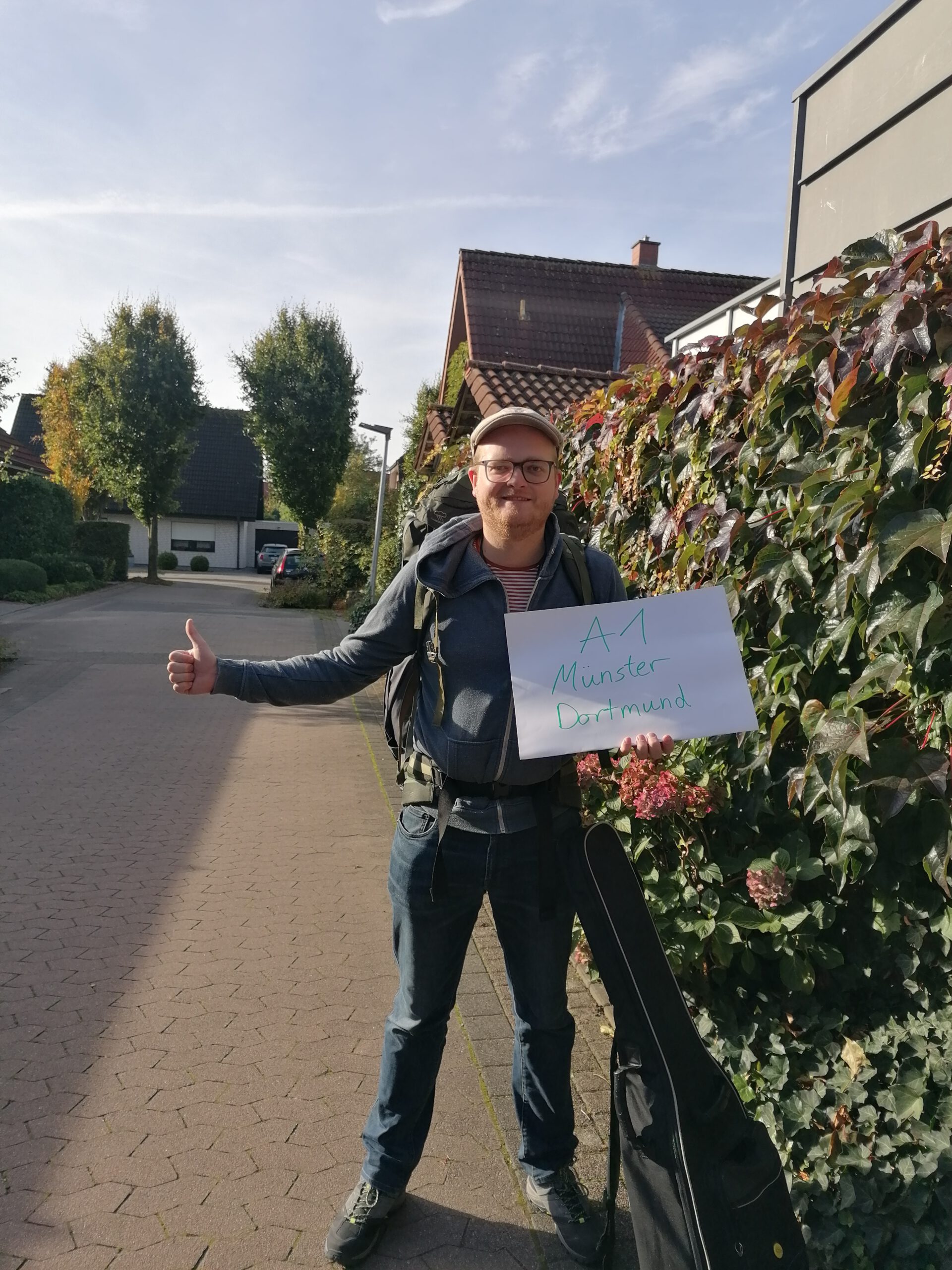
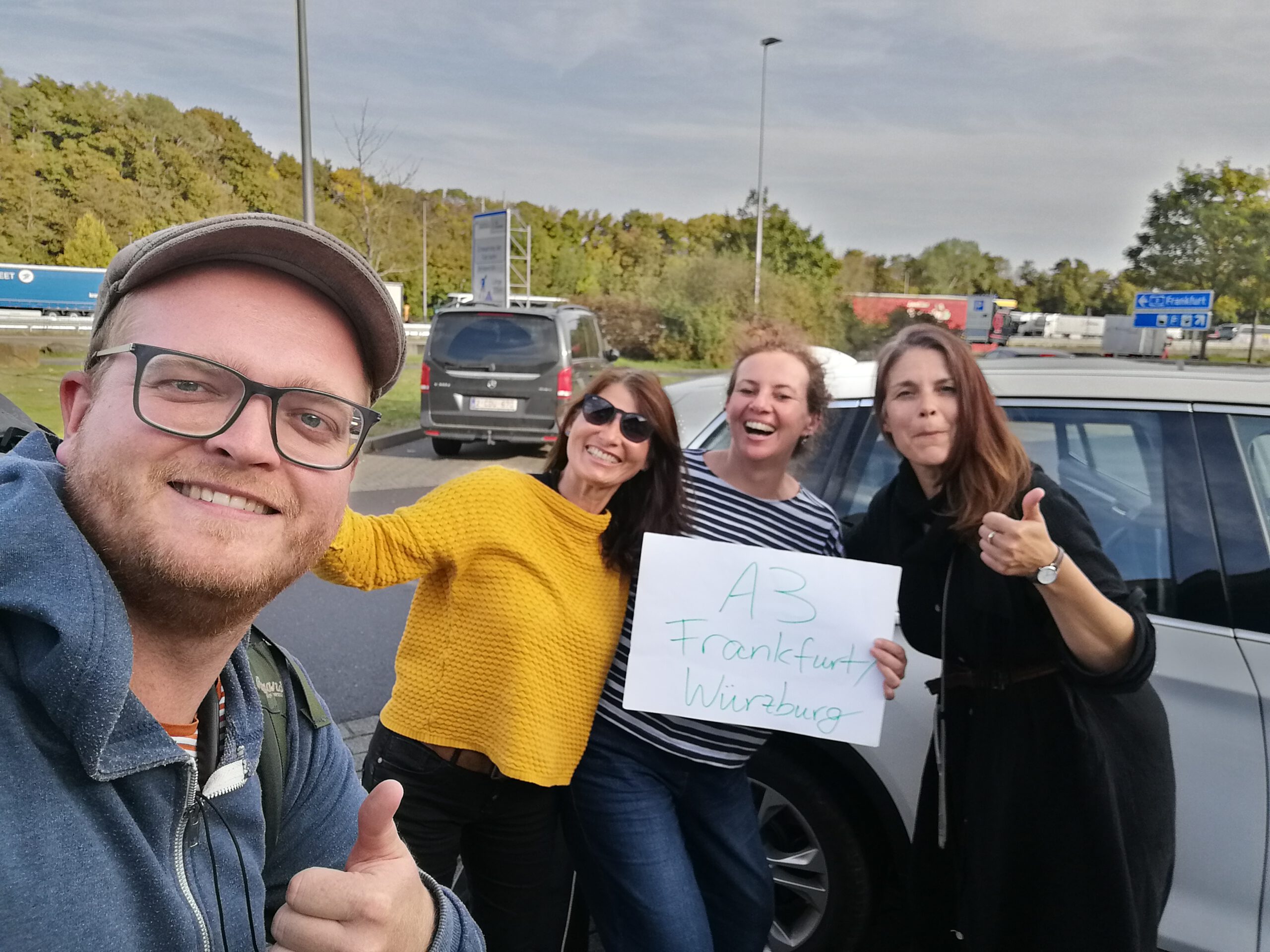
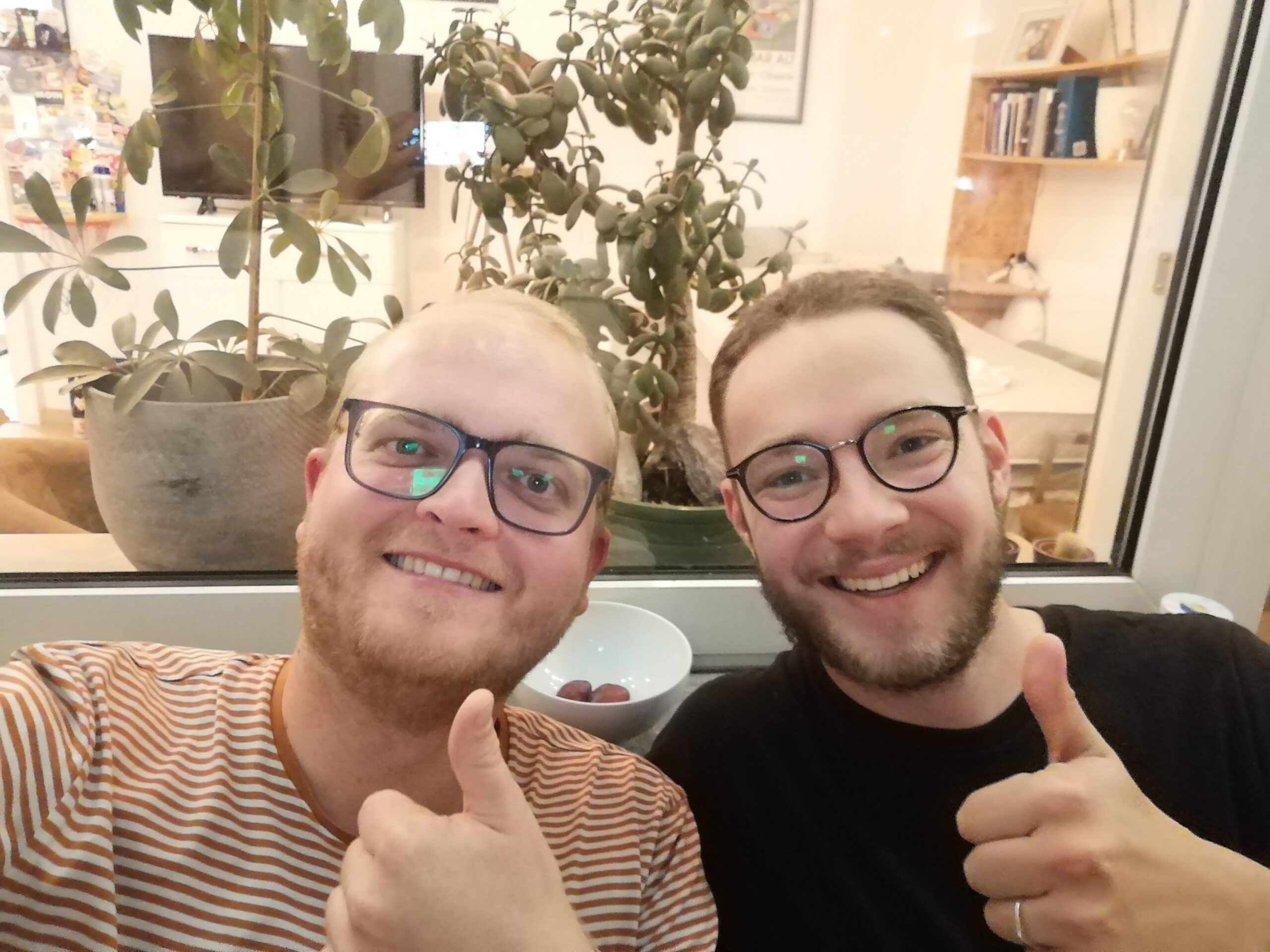
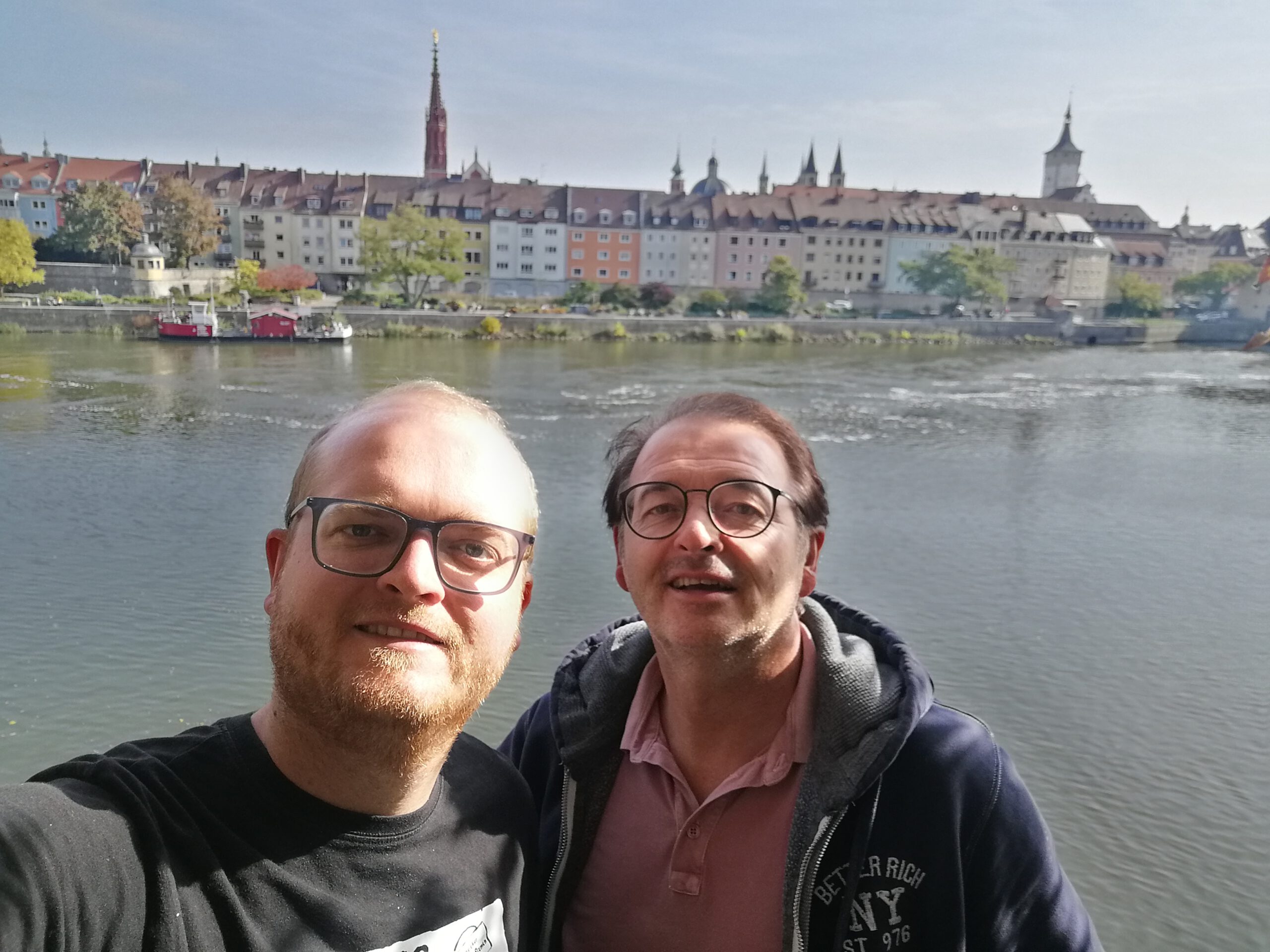
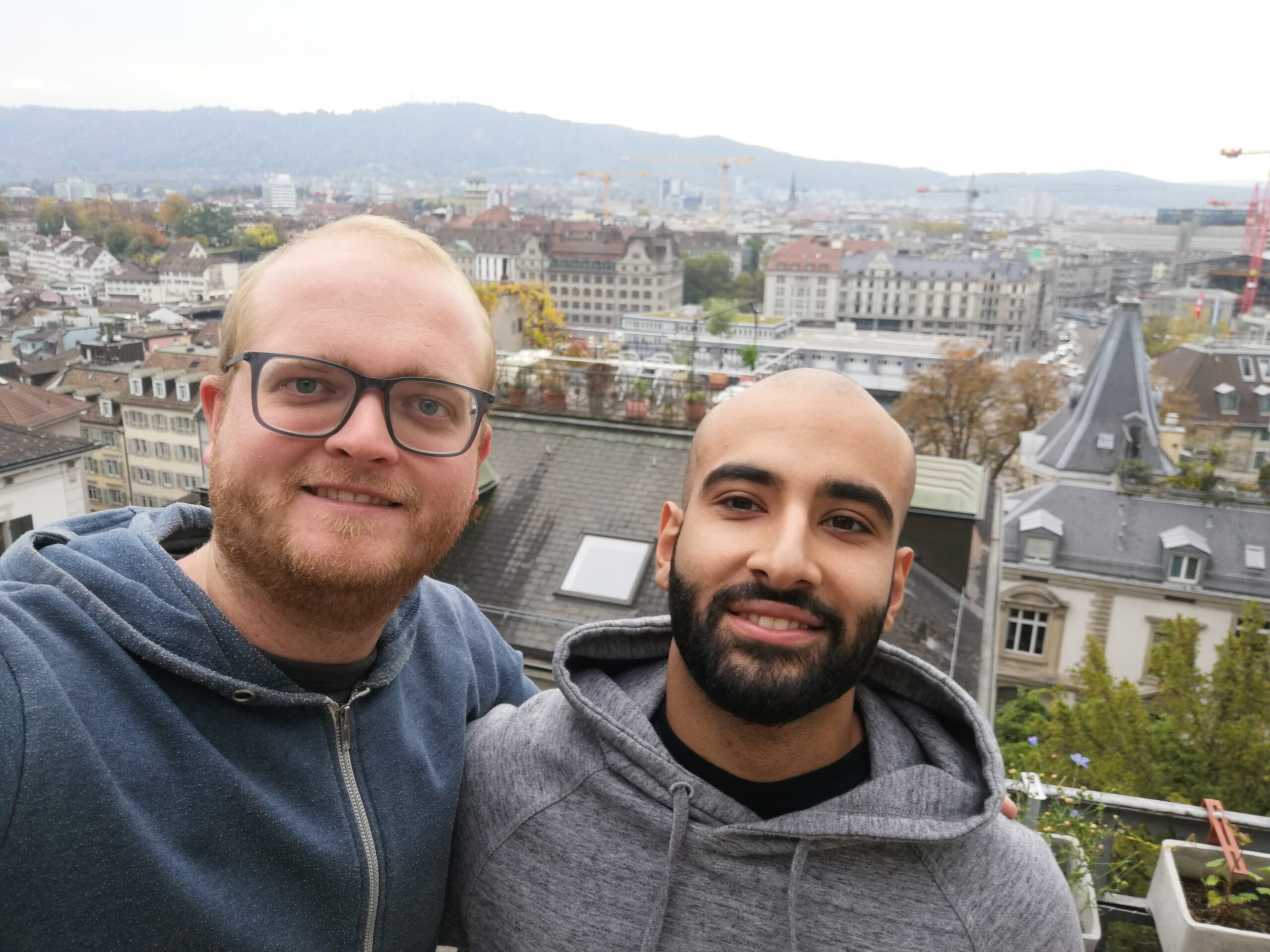
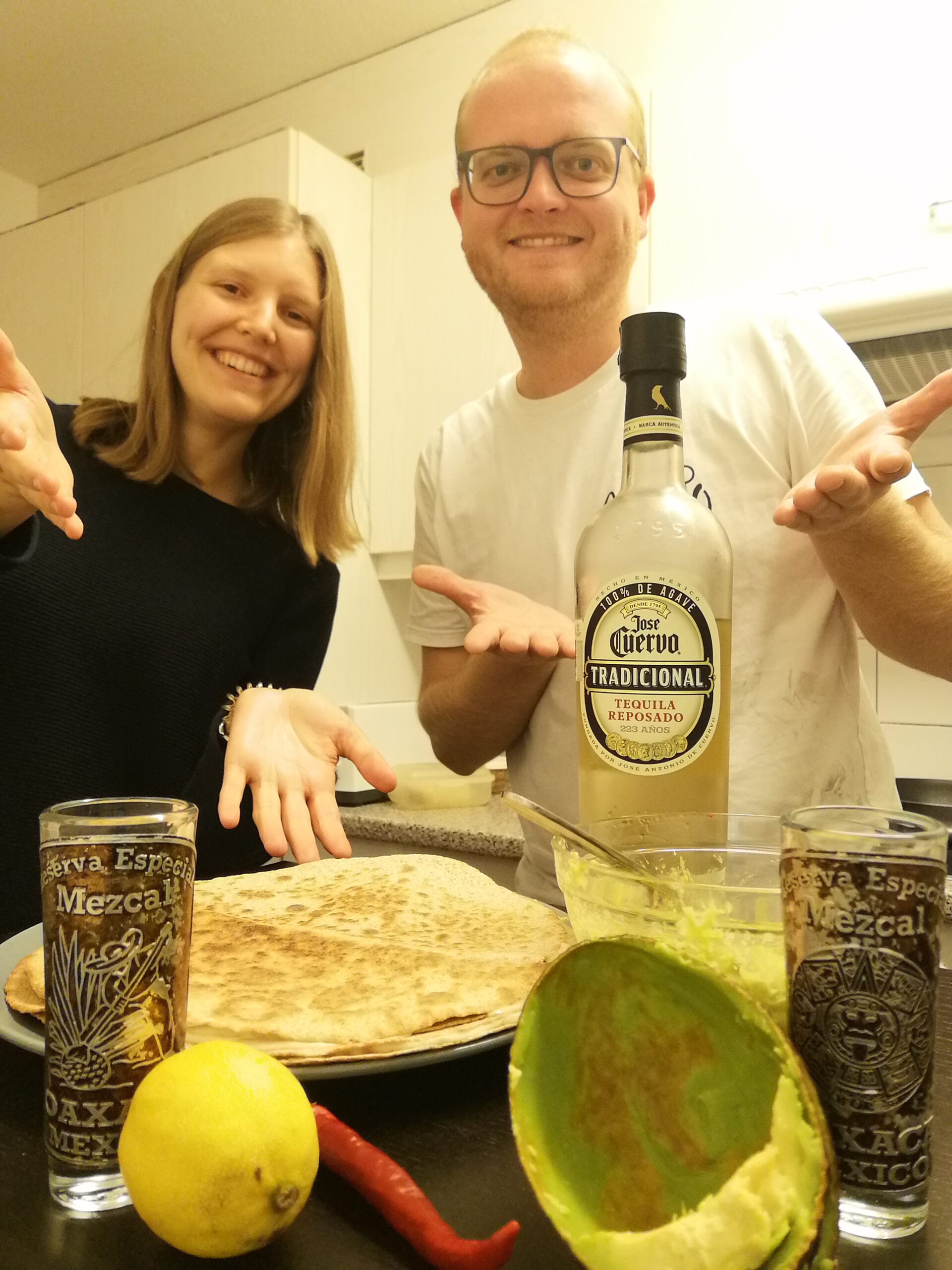
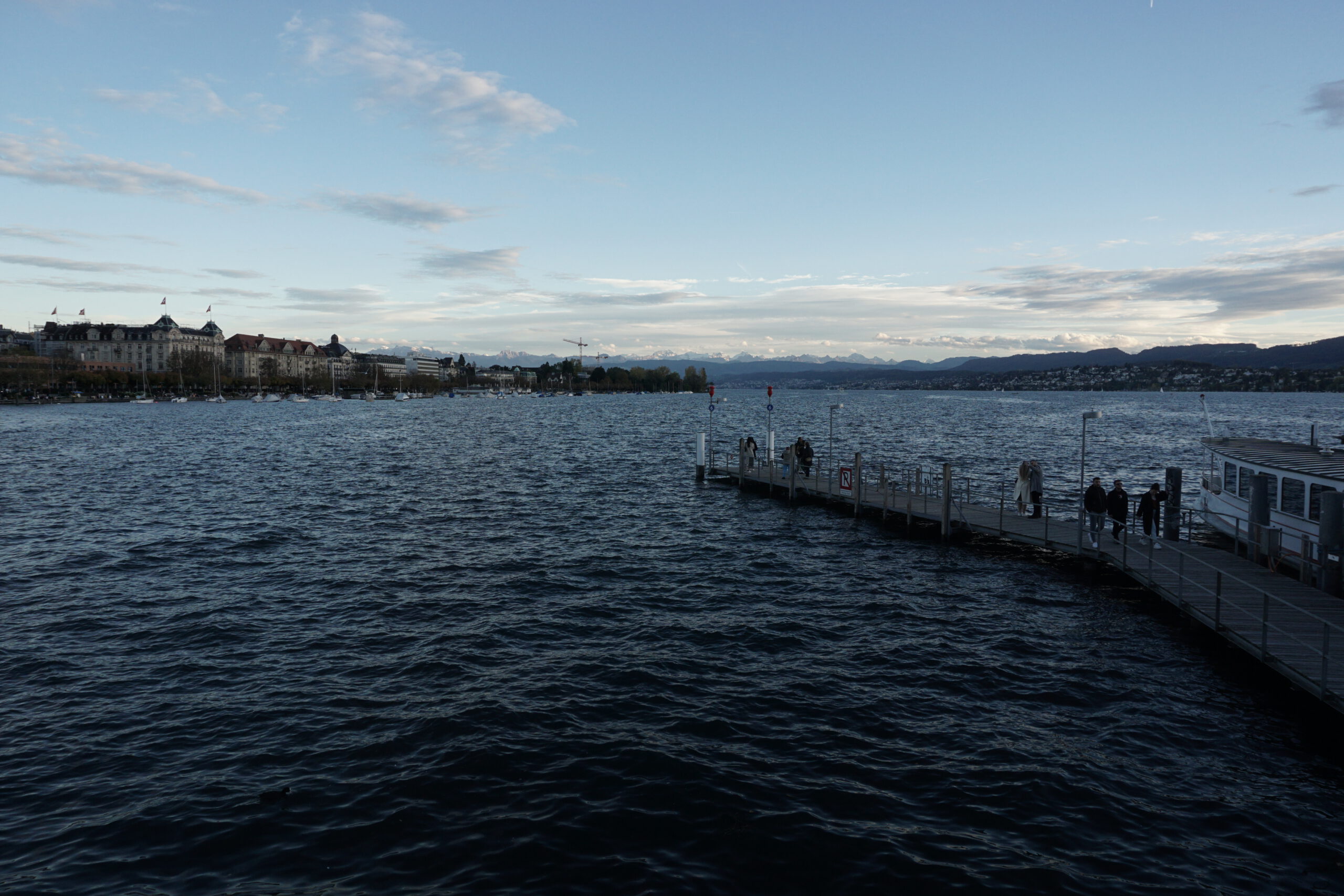
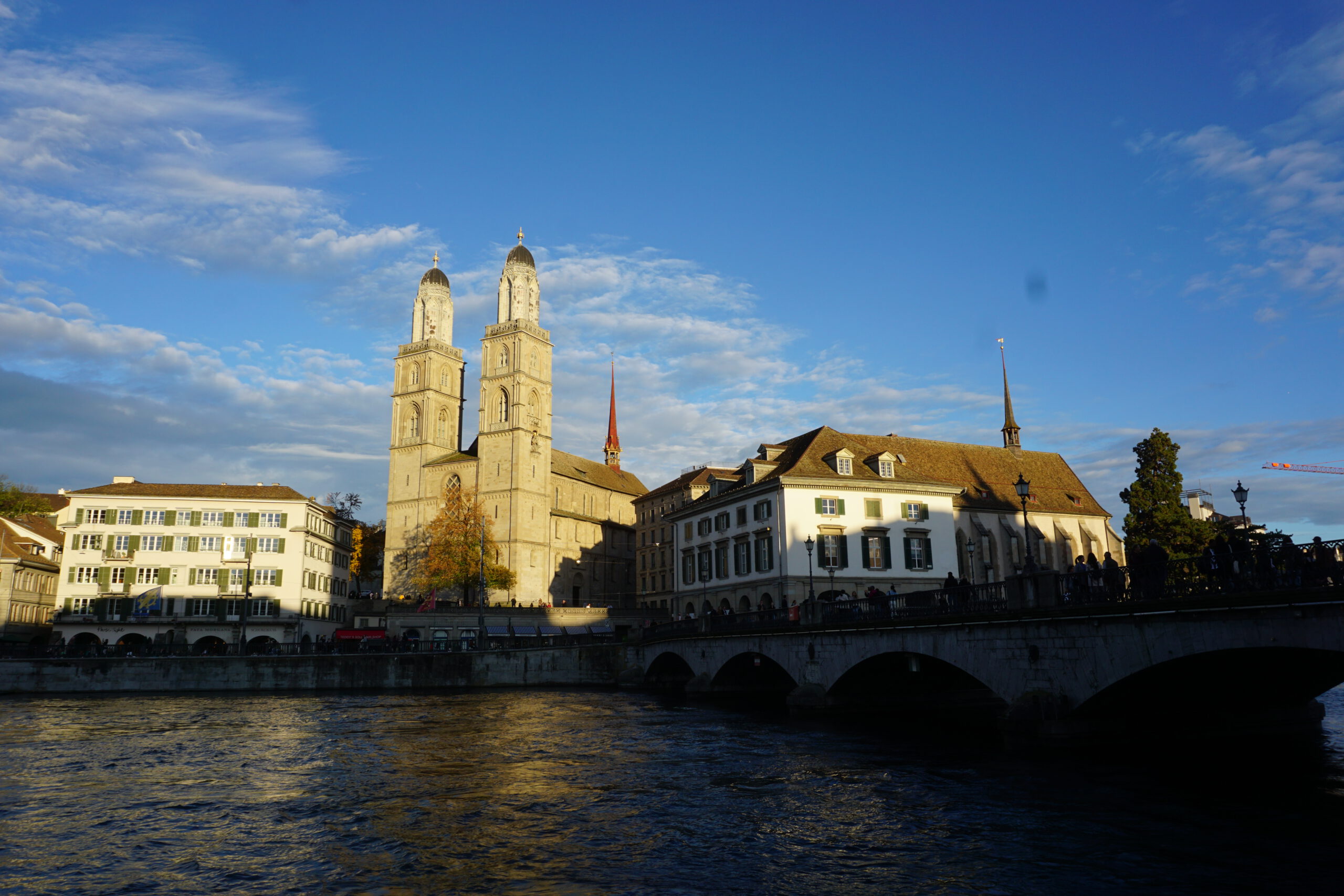
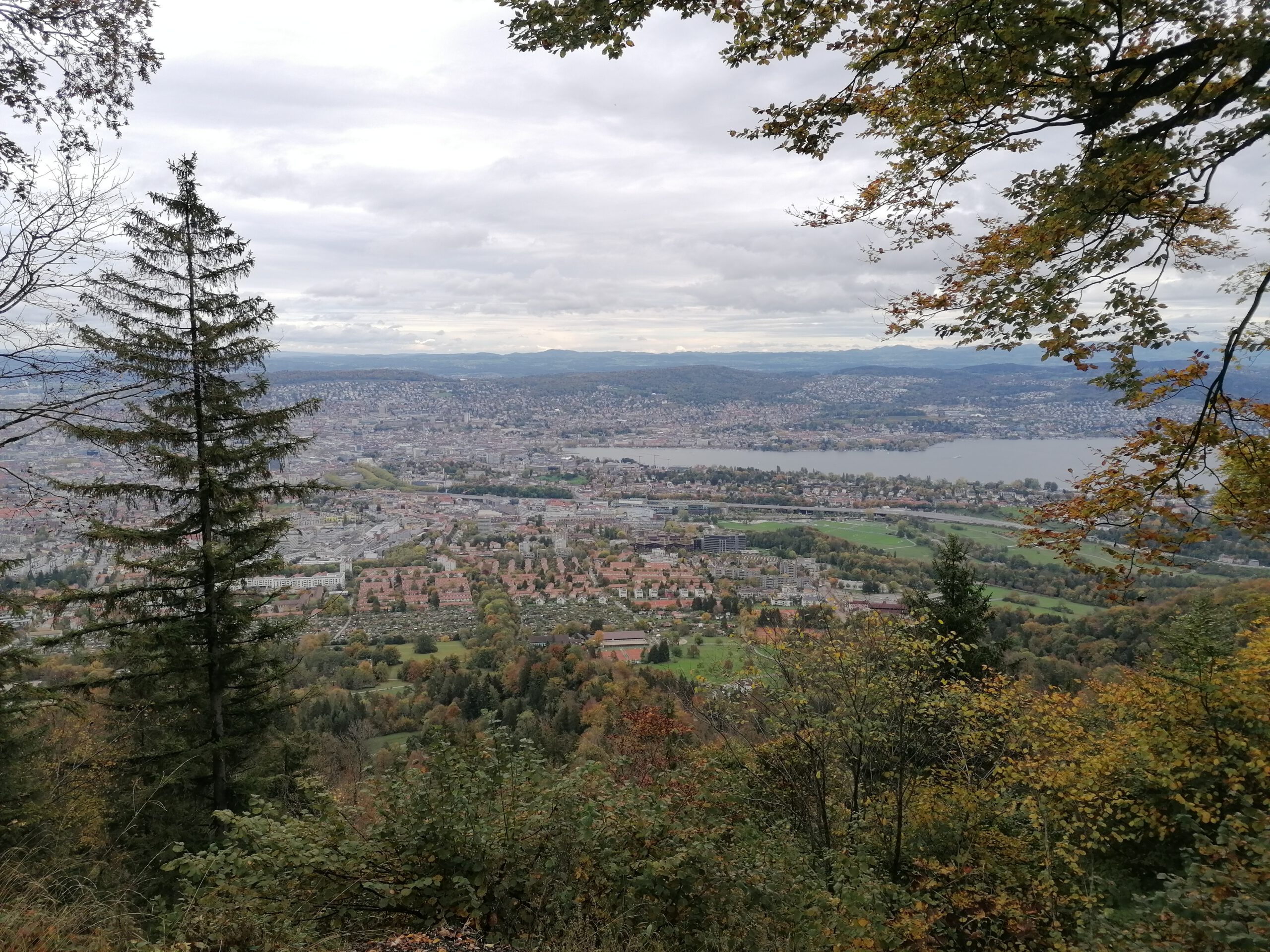
The Kochareal in Zürich
The Kochareal is a large area in the west of Zurich that has been occupied by a large group since 2013. Zurich is generally considered a good place to squat vacant buildings. It’s a nice contrast to the otherwise super-expensive banking city, I think.
The Kochareal consists of several buildings and former factory halls that used to be used for coal storage, among other things. Not only has free living space been created for more than 100 people, including many children, but the residents and guests have also lived out their creativity in a variety of ways: there is a cinema, a pool, a sauna, a bicycle workshop, a free shop and several concert rooms. All self-built!
Unfortunately, this special place will be razed to the ground next year, as “325 low-priced apartments” (City of Zurich) are to be built. As sad as it is about this diverse cultural space and as difficult as it will be to bring a similar project to life, the construction of flats is understandable in a city like Zurich where the housing shortage is extremely high. That’s also how my friends on site see it, and I think they view the whole thing very reflectively.
Where old things go, new things can arise, and so even such a great project as the Kochareal has to come to an end.
Website of the Koch-Areal
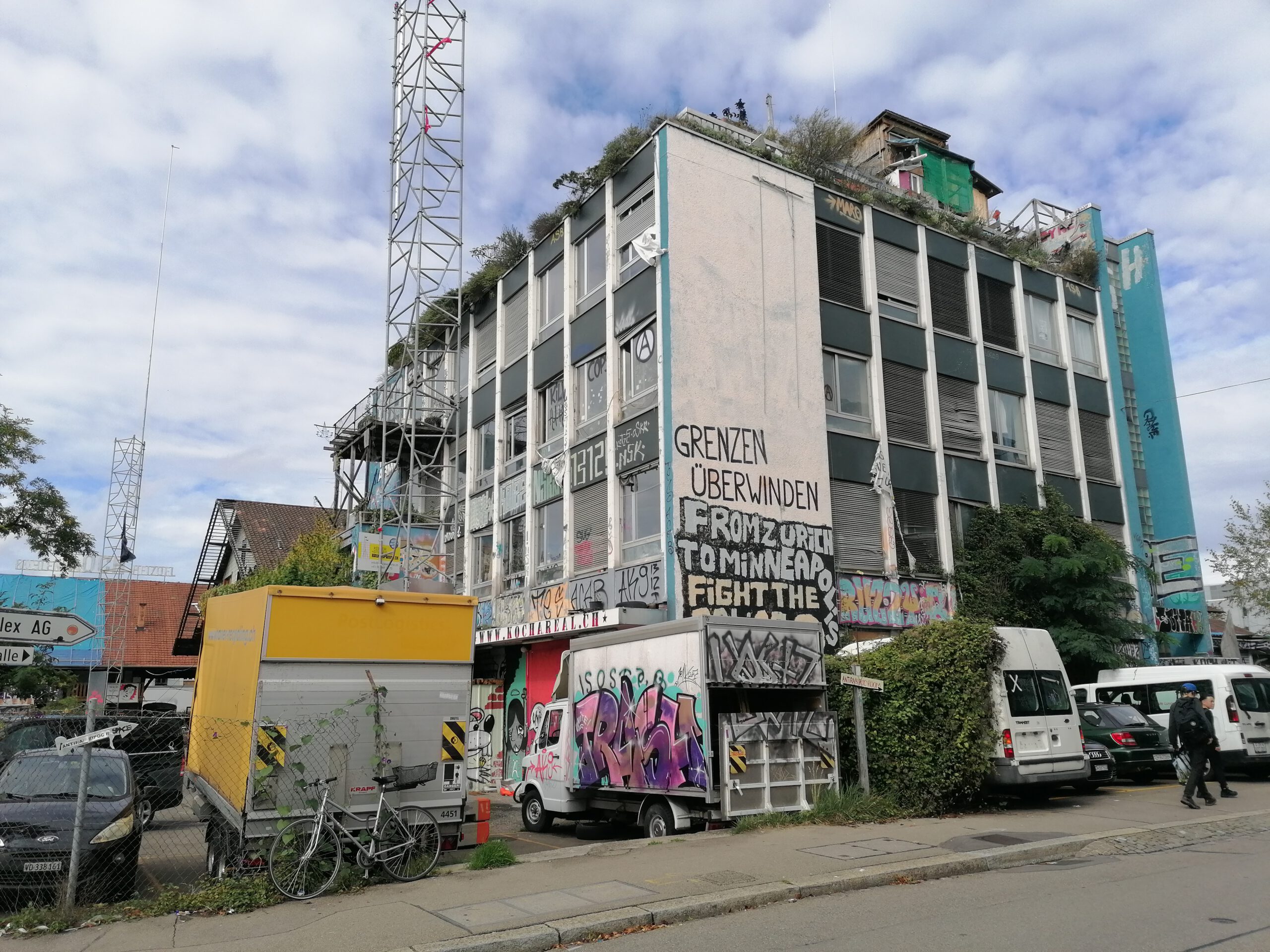
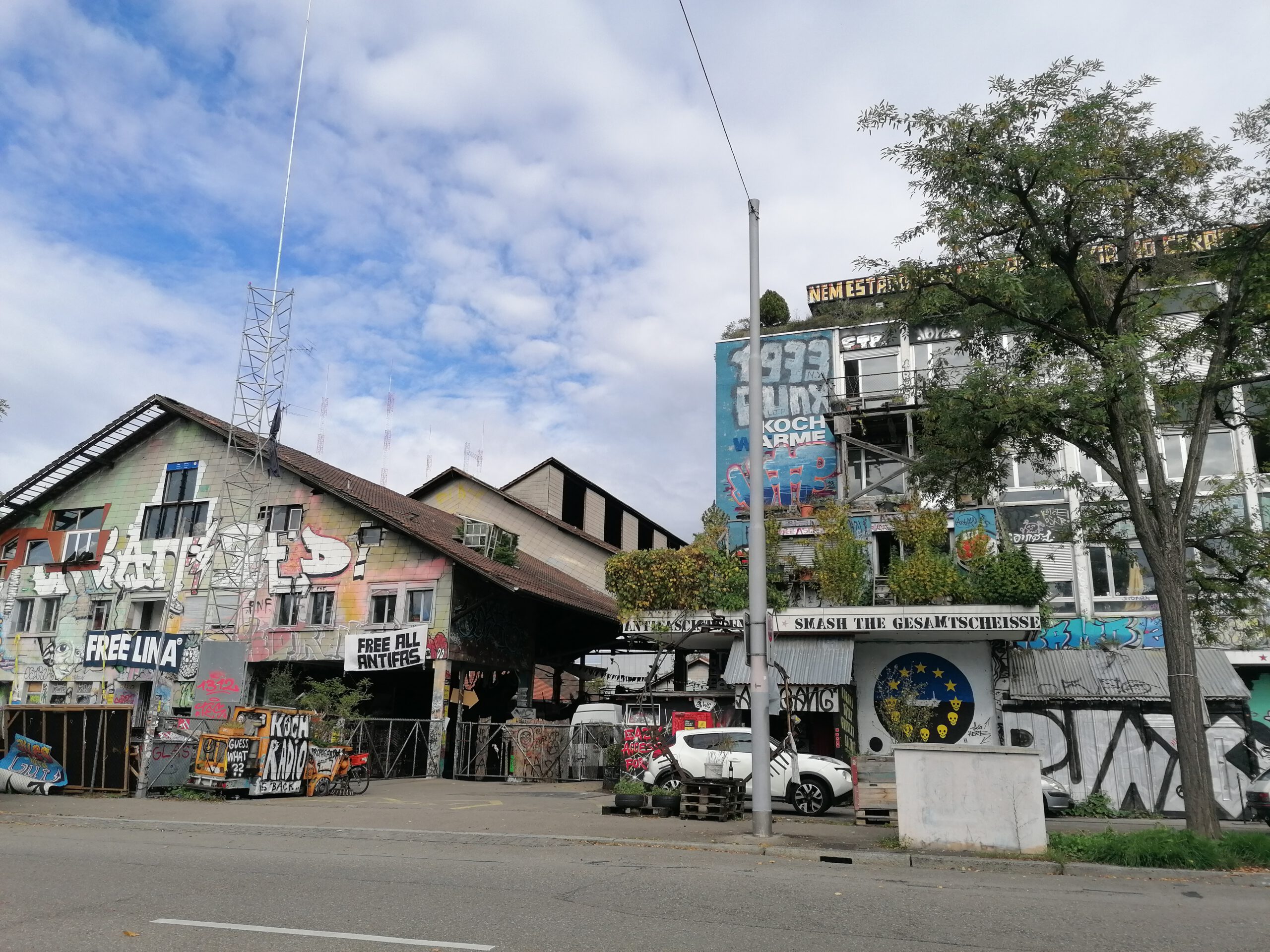
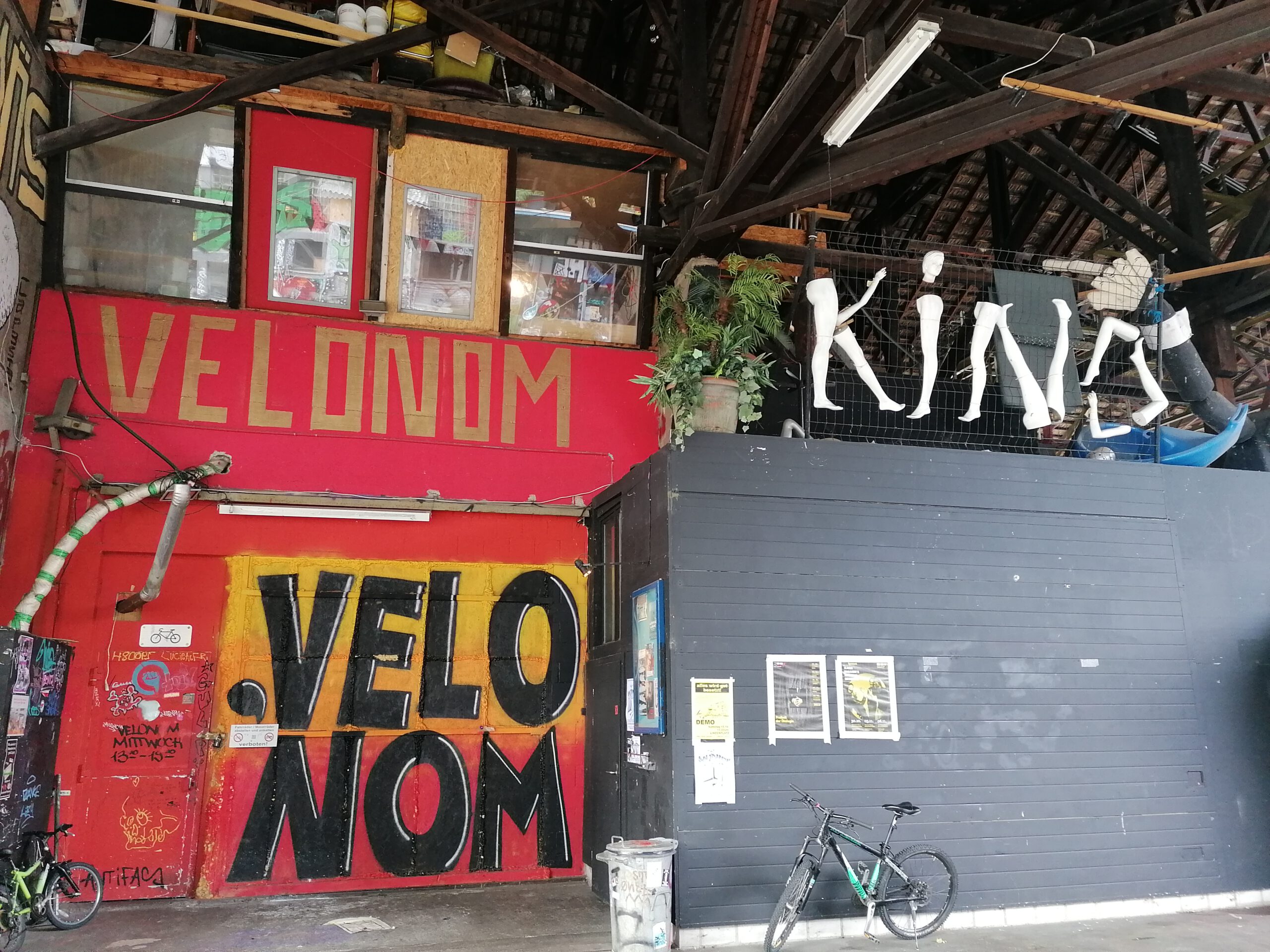
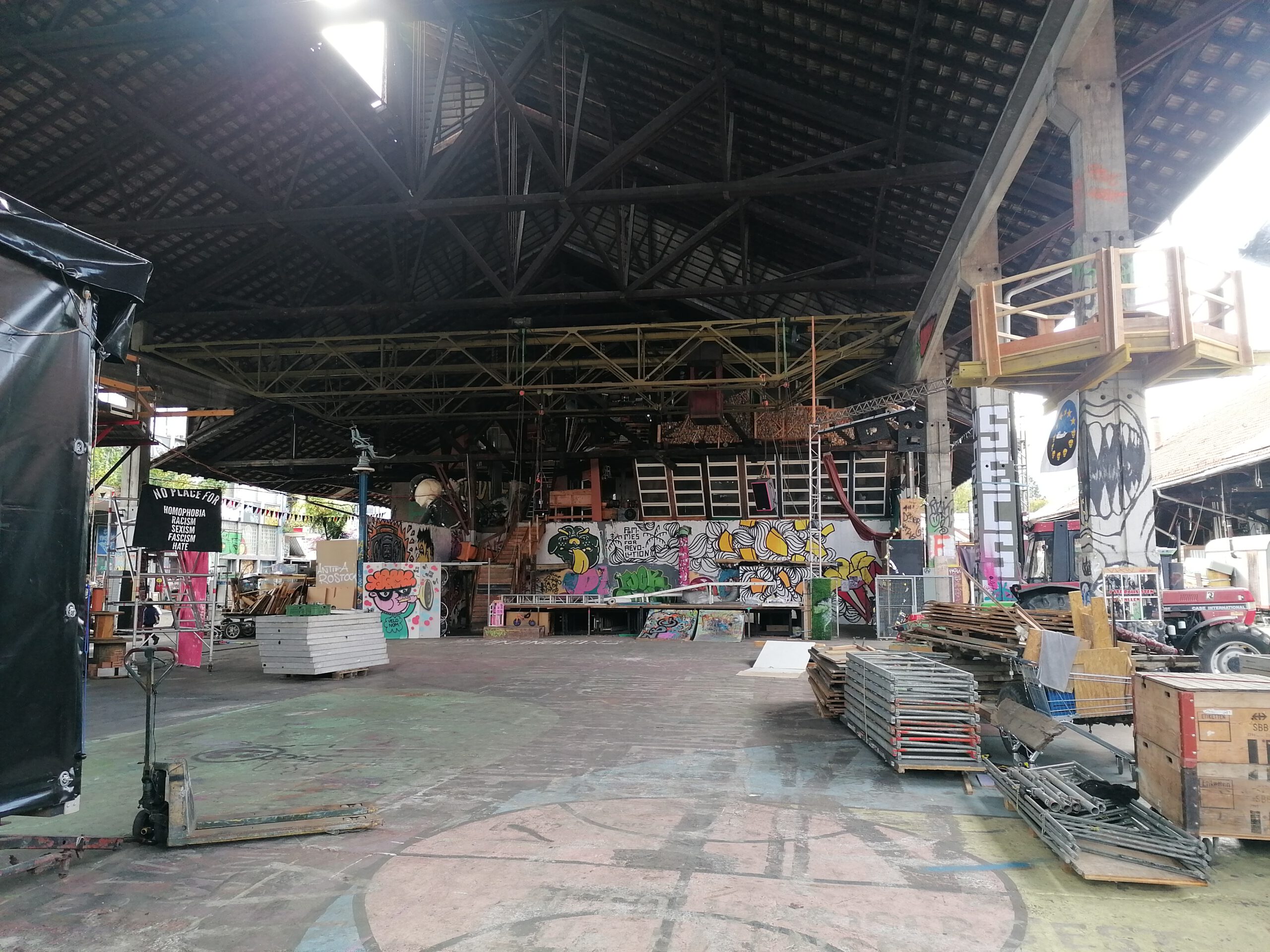

Platzspitz – the open drug scene in Zürich in the 80s & 90s
The Platzspitz is a square in the middle of Zurich’s city centre next to the main railway station. Today, the well-maintained and beautiful park looks back on a blatant drug history:
In the 1970s, an open drug scene developed in Zurich, i.e. where illegal drugs such as heroin were openly dealt. After several ultimately unsuccessful interventions by the police at various locations in Zurich, the Platzspitz developed into one of, if not the European drug hub in the 80s. For a while, the distribution of clean syringes was banned, but this did not lead to a reduction of drugs, but to the spread of HIV or hepatitis C.
Thousands of people came to the Platzspitz every day to inject themselves with heroin, among other things. Sometimes up to 15,000 syringes were distributed a day when this was allowed again.
Dead people lay in the trees for days, the situation was appalling and the “Needle Park” was reported worldwide.
In 1992, the park was evicted, but according to critics, it was poorly prepared and supervised. Several hundred drug addicts were driven through the city for days. A short time later, a new open drug scene emerged at Letten Square, which was even more brutal. When this was broken up three years later, the city was better prepared and the eviction was accompanied by offers of help. No new open drug scene developed and today about half of the drug addicts in Switzerland are in treatment – a unique figure worldwide according to the Zurich doctor André Seidenberg.
It is undisputed that the use of drugs and the consequences of their use are still a problem in Switzerland and worldwide, and that there is still a lot to be done in terms of treatment and prevention.
